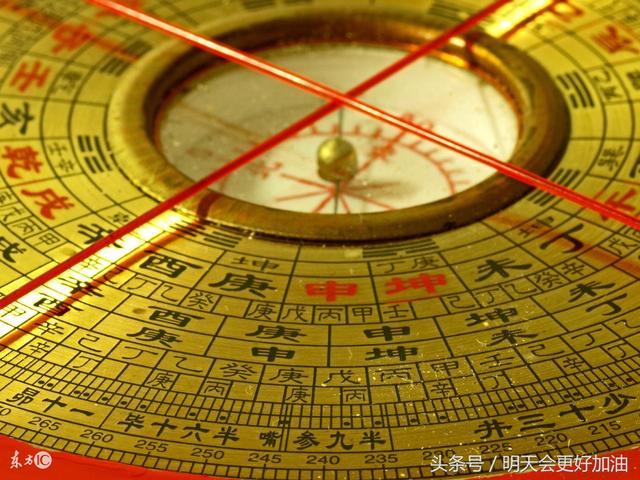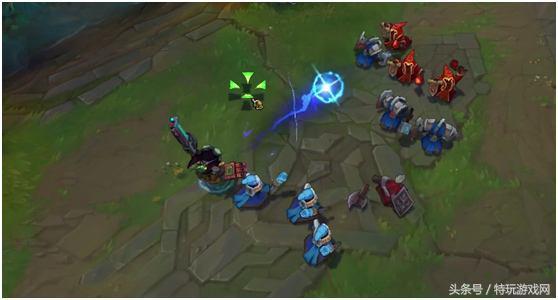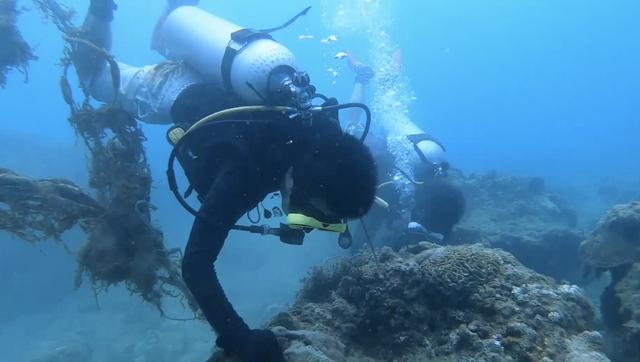作为成都独角兽岛(Unicorn Island)总体规划中的首座建筑,展览和会议中心目前已接近完工。
The Start-Up exhibition and conference centre, the first building within Chengdu’s Unicorn Island masterplan, is nearing completion.
▼视频,video ©Zaha Hadid Architects
随着中国经济从传统的工业导向逐渐转变为互联网和技术导向,目前已经吸引了全球三分之一估值超过10亿美元的科技初创公司来此发展,这些公司也被称为“独角兽公司”(unicorn companies)。成都作为四川省省会,如今已发展为卓越的科技中心:不仅为全世界一半的笔记本电脑提供芯片,同时还是领先的移动计算机硬件生产商。以新一代信息技术、智能化制造、数字娱乐以及新能源为发展重心的天府新区位于成都南部,目前正稳步发展为全国以技术和研究为核心的生态可持续的市政、商业和居住中心。位于天府新区的独角兽岛总体规划占地67公顷,将促进中国数字经济的持续增长,同时为中国和国际公司创造优质的居住和工作环境。
▼展览和会议中心作为首座建筑即将完工,The Start-Up exhibition and conference centre is nearing completion ©Zaha Hadid Architects / render by MIR

With China’s economy evolving from traditional industries to internet and technology-based organisations, the country is now home to a third of the world’s technology start-ups valued at over a billion US dollars – termed ‘unicorn companies’. Chengdu, the capital of Sichuan province, has developed into a centre of excellence providing computer chips for half the world’s laptops and is a leading producer of mobile computing hardware. With a focus on next-generation information technologies, intelligent manufacturing, digital entertainment and new energy, the Tianfu New Area to the south of the city is being developed as an ecologically sustainable civic, business and residential centre for China’s technology and research sectors. The 67-hectare Unicorn Island masterplan within the Tianfu New Area will foster the continued growth of China’s digital economy, creating living and working environments for Chinese and international companies.
▼户外平台,outdoor space ©Zaha Hadid Architects / render by MIR

▼建筑顶部视角,roof top view ©Zaha Hadid Architects / render by MIR

独角兽岛总体规划是一项综合性的规划方案,旨在为7万名研究人员、公司职员、居民以及访客提供服务,同时增强社区福祉。方案设计受到了该地区历史悠久的自然工程的原则的影响。位于成都西北部的都江堰灌溉系统建造于2300年前,并在2000年被联合国教科文组织列为世界遗产。这一古老的水利设施借助河流的自然力量为成都平原提供灌溉,不仅创造了一部分全国产量最高的农田,还保证了该地区的防洪能力。与此同时,当代水利工程也在支持着天府新区的湿地重建,并将作为综合生态项目的一部分,为该区域提供节水、防洪以及休闲设施。
A mixed-use masterplan for 70,000 researchers, office staff, residents and visitors, Unicorn Island has been designed to enhance the wellbeing of its community; its design influenced by principles within the region’s historical natural engineering projects. Constructed 2,300 years ago to the northwest of Chengdu, the nearby Dujiangyan irrigation system on the Min river was named a UNESCO world heritage site in 2000. This ancient water management system deployed the river’s natural forces to irrigate the Chengdu plain, creating some of the most productive agricultural land in China and protecting the region from flooding.
▼涡轮公园,Turbine Park ©Zaha Hadid Architects / render by MIR

都江堰历史悠久的灌溉系统的环保原则以及天府新区正在进行的自然湿地重建工作的双重推动下,独角兽岛的绿地设计将绿色城市空间、节水设施以及增强的连通性结合起来,以创造优质的居住和工作环境;同时树立了新的理念,将居民的健康幸福作为建筑能效的实际评判标准。
Contemporary hydraulic engineering is also re-establishing the wetlands of the Tianfu New Area as part of a comprehensive ecological project that serves as water conservation, flood control and recreation area. Driven by the environmental principles of Dujiangyan’s historic irrigation system and Tianfu New Area’s ongoing work to re-establish its natural wetlands, Unicorn Island’s parkland design incorporates green civic spaces, water conservation and enhanced connectivity to create its living and working environments; following concepts that are redefining the true measure of a building’s efficiency as the improved wellbeing of its inhabitants.
▼未来绿城,Future Fortress ©Zaha Hadid Architects / render by MIR

一体化的建筑群围绕着独角兽岛的中央广场和地铁站分布,放射状的总体规划使步行者或骑行者只需几分钟即可到达岛屿的任何角落。每个建筑群的高度和构成将在整体开发周期内逐步确定,以便直接回应不断变化的功能布局以及效率需求,在人性化的尺度下创造多样且相互连通的建筑,最终实现一种社区化的形态。
Integrated clusters of buildings surround Unicorn Island’s central plaza and metro station; its radial masterplan enables the entire island to be accessed by a few minutes’ walk or bike ride. The height and composition of each cluster will be established organically over the lifetime of the development; directly responding to varying requirements of function, programme and efficiency to cultivate a diversity of interconnected buildings at a human scale that establish a sense of community.
▼放射状的总体规划,the radial masterplan ©Zaha Hadid Architects / render by ZHA & Negativ.com

在兴隆湖周边的新绿地内,规划方案将采用自然的水管理系统,同时实施城市农耕技术的创新,为居民、工作人员以及游客提供新鲜的本地农产品。
Within new parklands bordering Xing Long Lake, Unicorn Island will incorporate natural water management systems and include innovations in urban farming technologies to provide residents, workers and visitors with fresh, locally-grown produce.
Project TeamArchitect: Zaha Hadid Architects (ZHA)Design: Patrik SchumacherZHA Project Directors: Satoshi Ohashi, Michele Pasca di MaglianoZHA Project Associates: Andres Arias Madrid, Stefano Paiocchi, Jingwen YangZHA Project Architect: Maria TsironiZHA Project Team: Di Ding, Chengzhen Jia, Johannes Elias, Konstantina Tsagkaratou, Martin Gsandtner, Millie Anderson, Nicolas Tornero, Shahd Abdelmoneim, Sven Torres, Thomas Bagnoli, Valentina Cerrone, Yihui Wu, Yuan Zhai, Martina Rosati, Arian Hakimi Nejad, Kate Revyakina, Vincent Konate, Neil Rigden, Juan Montiel, Christos Koukis, Jihan Shraibati, Patricia De Osma Arena, Shi Qi Tu, Irfan Bhakrani, Qiuru Pu
ZHA Competition Project Directors: Satoshi Ohashi, Michele Pasca di MaglianoZHA Competition Project Designer: Maria TsironiZHA Competition Project Associate: Jingwen YangZHA Competition Team: Chafik Zerrouki, Di Ding, Konstantina Tsagkaratou, Lida Zhang, Lorena Espaillat Bencosme, Millie Anderson, Nailu Chen, Nicolas Tornero, Philipp Siedler, Sven Torres, Xinqi Zhuang, Yihui Wu, Yuan Feng
Competition Engineering (Transport, SMART and Civil): RambollLandscape Design: Ramboll Dreisetl
,




